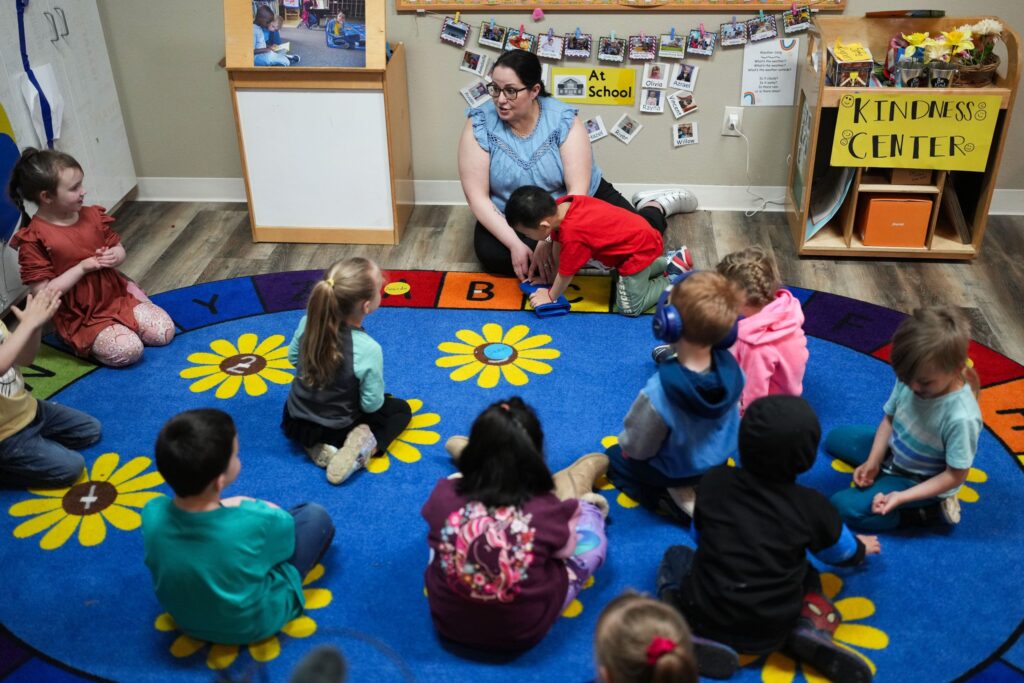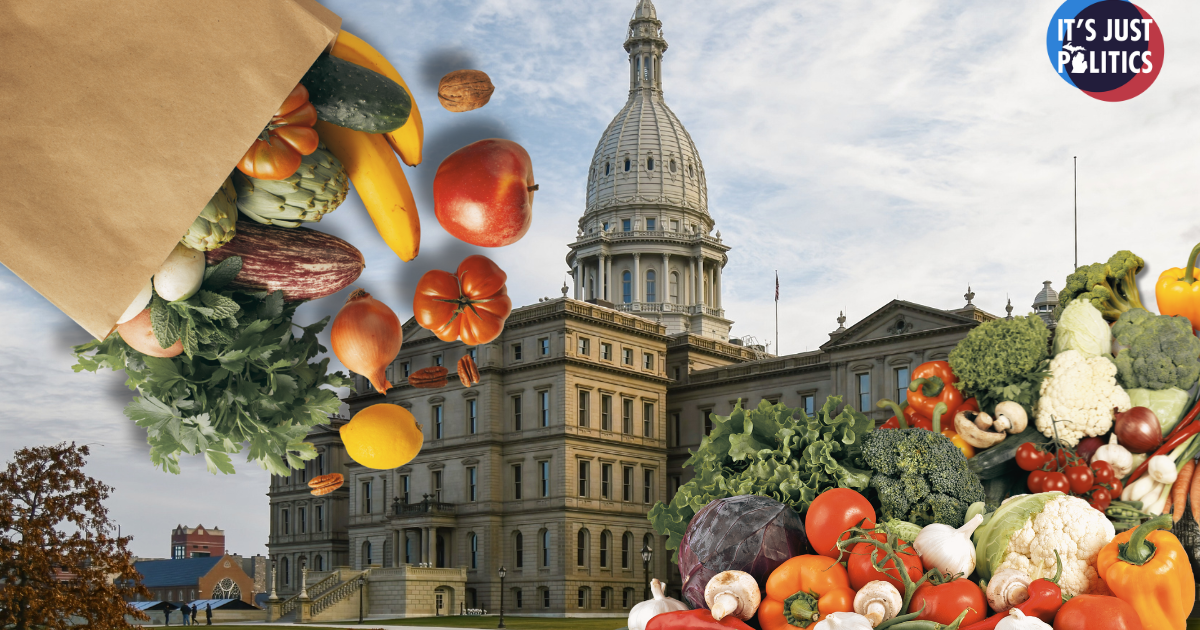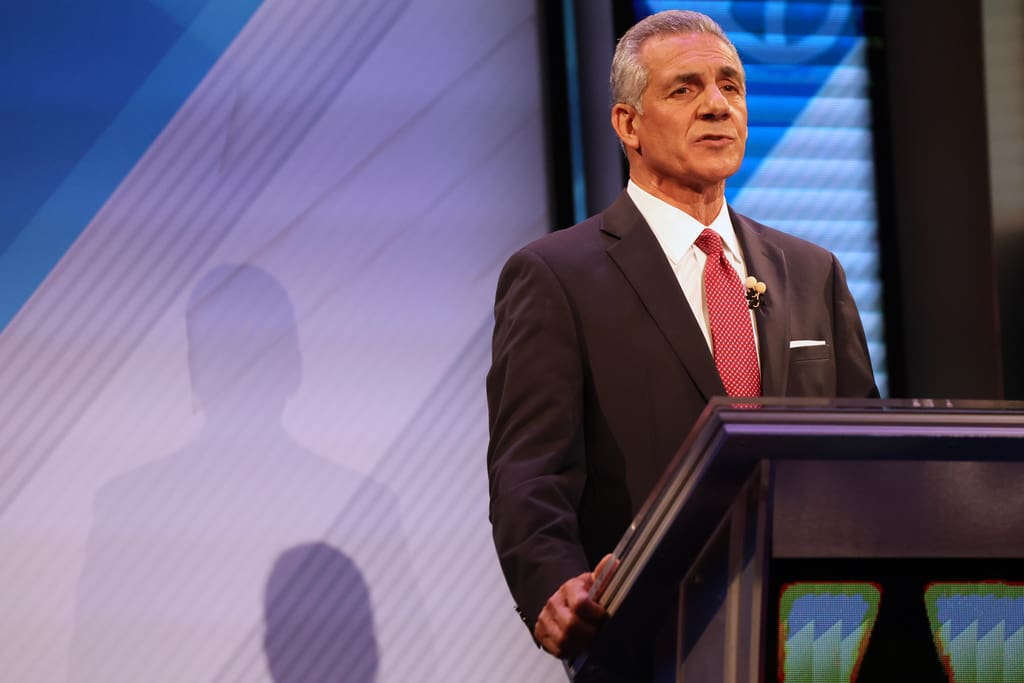Problems began for McKinley Hess in August.
Hess manages a child care program in Conway, Arkansas, aimed at supporting teen moms. She discovered they were struggling to receive their child care assistance payments. These subsidies, funded by federal and state dollars, are crucial for low-income parents to afford child care by reimbursing providers and reducing out-of-pocket costs.
In Arkansas, teen parents have traditionally been prioritized for this aid. However, Hess learned they were now placed on a lengthy waitlist along with many other families.
Hess had recently enrolled eight teen moms at Conway Cradle Care and depended on state subsidies for their children’s care. With moms awaiting financial assistance, Hess faced a choice: dismiss them or provide free care to prevent them from dropping out of school. She opted for the latter.
In September, Arkansas officials announced a reduction in reimbursement rates for providers serving low-income families. As of Nov. 1, Hess will receive $36 per day for infants and $35 for toddlers, down from $56 and $51, respectively, causing a $20,000 loss after providing free care for two months.
“Financially, it really is going to hurt our day care,” Hess stated. The stakes are high for parents needing child care assistance, she noted: “For them to be able to continue school, these vouchers are essential.”
As some states anticipate reduced federal funding under President Trump’s budget bill, they’re cutting early learning programs. Experts warn these cuts could be catastrophic for children, families, and the economy if parents can’t access child care.
The government shutdown also threatens federal funds for the Supplemental Nutrition Assistance Program, potentially leaving families without aid. Over 100 Head Start centers, part of a federally funded preschool program offering free child care, may close temporarily if federal support is delayed.
Related: Young children have unique needs and providing the right care can be a challenge. Our free early childhood education newsletter tracks the issues.
Other states, including Colorado, Maryland, and New Jersey, have halted new enrollments in child care assistance programs. Indiana announced cuts to reimbursement rates for low-income child care, joining Arkansas in reducing funding. Alaska’s governor vetoed a budget increase for child care services, and Washington state legislators cut $60 million from early learning programs. Other states facing issues include Ohio, Nevada, and the District of Columbia.
“Almost every state is facing a very, very, very significant pullback of federal dollars,” said Daniel Hains, chief policy officer at the D.C.-based National Association for the Education of Young Children. “It does not help families when you cut provider reimbursement rates, when you cut funds going to providers, because it makes it less likely that those families are going to access the high-quality child care that they need.”
Child care centers face financial strain as federal funding dwindles. Providers heavily depend on tuition from parents to operate, and parents already pay high costs. Child care staff generally earn low wages with high turnover rates.
The Child Care and Development Fund, one of the few federal funding sources, is seeing cuts. Arkansas officials attribute subsidy reductions to an unexpected $8 million decrease in federal funding this year due to post-pandemic calculation changes.
In September, Arkansas Secretary of Education Jacob Oliva explained that without lowering provider rates, the program’s sustainability was in jeopardy. He emphasized the need to avoid exhausting funds prematurely, especially around Christmas.
In addition to reducing provider payments, Arkansas increased family co-payments. Oliva acknowledged the imperfection of the solution but stressed the necessity of action.
Related: How early ed is affected by federal cuts
The expiration of pandemic-era public funds has led some states to find money for child care programs, while others struggled. Indiana faced a $225 million shortfall and cut reimbursement rates by 10 to 35 percent, prioritizing children’s access to care over provider protection.
Experts warn that cutting reimbursement rates harms both children and providers, risking the closure of child care programs. Some programs have shut down, while others have seen families leave for more affordable options.
Cori Kerns, a consultant at Little Duckling Early Learning Schools, noted that reduced funding forces parents to cover more costs. Since September, Little Duckling lost 18% of its enrollment due to unaffordable increases.
“That could be a tank of gas to them, that could be some groceries, that could be school supplies or medical needs. Some of them have had to literally stop and stay home with their child in order to survive and also not pay for child care,” Kerns said. “Those kids are suffering” as they stay home with stressed parents who are worrying about lost income, she added.
As families pulled their children, Kerns merged two buildings of her program into one, creating larger class sizes and new teacher assignments. That’s led to challenging behavioral problems for children who must adjust to new environments. Kerns anticipates losing teachers now that the work environment has become more stressful.
Experts highlight the widening gap in access to affordable, high-quality child care as some states reduce funding while others invest more. New Mexico will launch a free universal child care program, Vermont increased funding via a payroll tax, and Connecticut established an endowment for early learning.
States have diverged in their child care approach post-pandemic. While some deregulate care, others, like the District of Columbia, have raised qualifications for providers.
Related: Rural Americans rely on Head Start. Federal turmoil has them worried
NAEYC’s Hains warns that without federal support, states cutting child care funds risk lower quality care and economic insecurity for families. These cuts will have a damaging effect on children and families.
In Mooresville, Indiana, Jen Palmer’s program, The Growing Garden Learning Center, faces a $260,000 budget loss due to state funding cuts. “If nothing changes as of today, I can sustain for a year,” Palmer said. “Past that, I’m going to start dipping into my retirement savings.” She’s hesitant to discuss closing the program, one of highest-quality centers in the area. “I believe in this place. What we do is amazing. We just have to make it through this.”
The lower subsidy rate is just the latest of a series of changes that Palmer has endured. Last December, Indiana stopped accepting new applicants into the care aid program and instead launched a waiting list. Palmer stopped getting calls from parents who wanted to enroll their children, as they couldn’t pay for care on their own.
Earlier this year, Indiana also announced cuts to reimbursement rates for its pre-K program, which is run in schools and child care programs throughout the state. Palmer now receives about $148 a week for each pre-K student she serves, down from more than $300 a week last year. Over the past three months, she’s had to lay off seven teachers and has taken over teaching in a pre-K classroom in the mornings. “We’re going to do our darndest that the kids don’t feel the impact,” she said.
She hasn’t been able to completely shield them. One toddler in her program recently shocked and delighted his teachers when he said his first word in English: a bold “no.” Concerned that the child had language delays, they were thrilled that he was starting to make progress.
Then the child’s family pulled him out of the program. His mother, who works as a delivery driver, had previously qualified for free child care paid for by state. With the state now paying less, her tuition jumped to $167 a month.
Instead of interacting with other children and teachers, playing and learning new skills, the toddler is now “sitting in mom’s car in a car seat driving around all over the county while she delivers for Uber,” said Palmer. “That just set that little guy years back. When he enters school, he’s no longer going to be on par with his classmates. That’s not fair. That can’t be the answer.”
—
Read More Kitchen Table News










